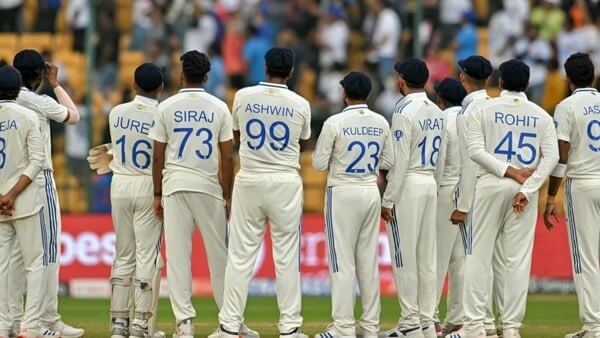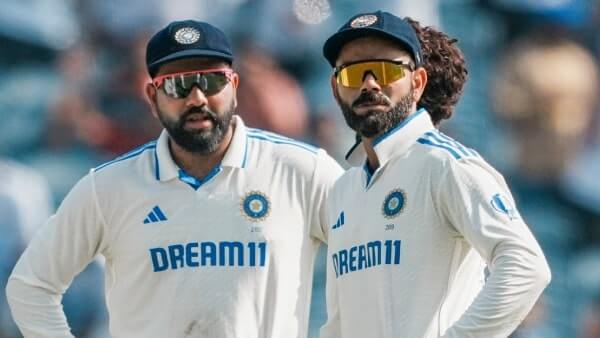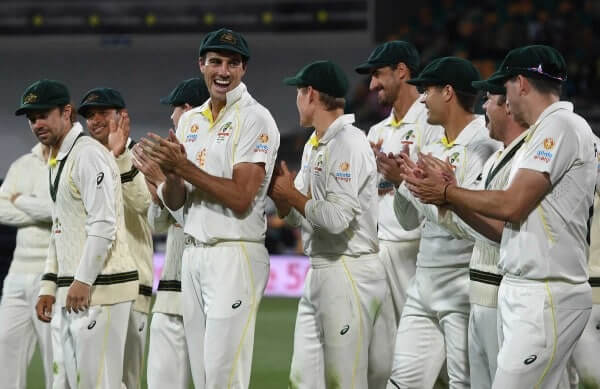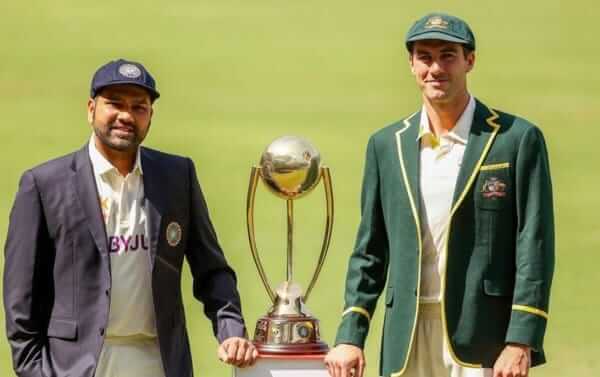They say a week is a long time in politics, but this week it may be worth asking the Indian cricket team for its thoughts on the matter, too.
Stunned in Bengaluru, then humbled in Pune by a buoyant New Zealand side, India limped to Mumbai seeking to resurrect their rapidly flagging World Test Championship hopes and salvage enough pride to head into a blockbuster Australian tour with some semblance of confidence.
Unfortunately for Rohit Sharma and his charges, the Kiwis were reading from a different script. India, having struggled to a winnable position, surrendered meekly and suddenly in just over two days, sparking elation for an unfancied New Zealand side who famously became the first-ever team to whitewash India at home in a Test series of three or more matches. It’s been voted by many as the biggest upset in Tests this century, and it’s not hard to see why.

For India, the ignominy will have reverberations far beyond the blaring 24-hour news channels and the somehow equally loud tabloids. For a team that very rarely loses on home soil, with fading stars desperate to cement a legacy, with a new coach, and about to embark on the most challenging tour of all, the repercussions of humiliation at home could long fester. Border Gavaskar series
India heads to Australia for a landmark five-Test Border Gavaskar series starting in less than 3 weeks’ time. Having famously won the last two editions in Australia, India face a litany of problems that a canny New Zealand have laid bare for the world – and a rampant Australian team – to see.

The first and most obvious problem is that Rohit and Kohli’s stars have long faded. The duo – aged 37 and 36 – produced just 91 and 93 runs each across 6 innings this series, with neither an aberration: Kohli averages just 22 in Test cricket this year, while Sharma averages 29.
Tours of Australia are notoriously difficult. The opposition is relentless. The cricket is as tough as it gets. The crowds are vociferous and mouthy. The pitches seam and bounce and the ball hurts. There’s simply no room for a touring team to carry mere passengers, especially when the passengers are supposed to be talismanic batsmen.
With no Pujara or Rahane to help shoulder the burden – each having been instrumental in India’s back-to-back successes here in 2019 and 2021 – team management will need to be ready to make tough decisions on the Kohli and Sharma questions, even if against India’s ethos of never dropping a galactico. If Gambhir and his selectors need inspiration, they needn’t look further than Pakistan, who prospered against England after dropping Babar Azam and Shaheen Shah Afridi – scarcely conceivable thoughts just 12 months ago.

The next problem is one of mindset. They would never admit it, but India’s batsmen seem to have been infected by the Bazball virus of playing Test matches primarily to entertain. It may have paid off against Bangladesh – where India turned on the afterburners to steal victory in a rain-disrupted Test – but the determination of India’s batsmen to blast their way out of trouble is awfully ill-advised for a number of reasons.
For one, Bazball has been largely ineffective for England, with the side recently facing its own public excoriation in UK press after a dismal backdown against Pakistan. While it has certainly produced some memorable results, the problem is that they have fallen in both the W and the L columns. It is hardly a blueprint for guaranteed success.
A bigger issue is that in Australia, relying merely on talent is not enough. India has long been feted as a veritable factory of supremely talented batsmen, and, in a perhaps subtle example of the brashness of male ego, it may be that this is the reputation the side is seeking to protect by emulating England. But there’s a reason India won in 2019 and 2021, and it was not just the emergence of fast bowling options such as Bumrah and Shami.

In Australia, visitors must be prepared to “win ugly”. It’s what Pujara did by absorbing countless body blows in the 2018-19 tour, facing over 1,200 balls as he did so. It’s what Ashwin and Vihari did when deadbatting for hours, injured, to clinch a draw in Sydney in 2021, with neither playing in the deciding Test at the Gabba which India famously won with a third-string side.
No Indian batsman appears equipped with the mentality to win ugly. Without that mentality, 36 happens, and 46 happens.
If India are to survive – and once again thrive – in Australia, they must learn from the mistakes and successes of their peers and predecessors alike.
It’s India’s only hope, albeit remote, of claiming the 4-1 series victory required to secure a berth in their third successive World Test Championship Final.
The Border-Gavaskar series starts at Perth Stadium Nov 22-26, followed by Adelaide Oval Dec 6-10, The Gabba Dec 14-18, the MCG Dec 26-30, and the SCG Jan 3-7.
Read More: Women’s T20 World Cup: Indian & Australian team lineup





